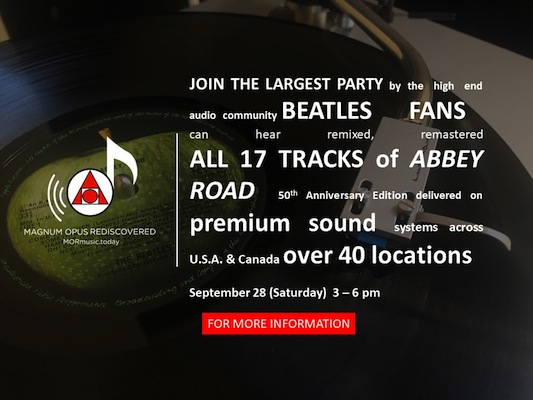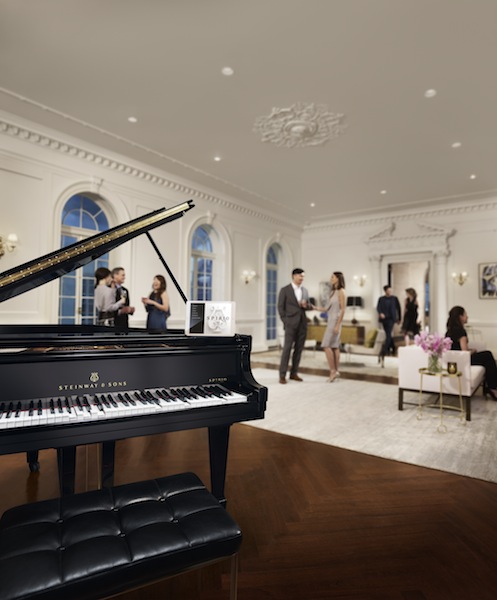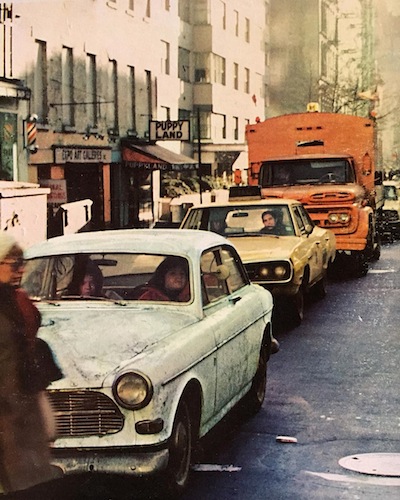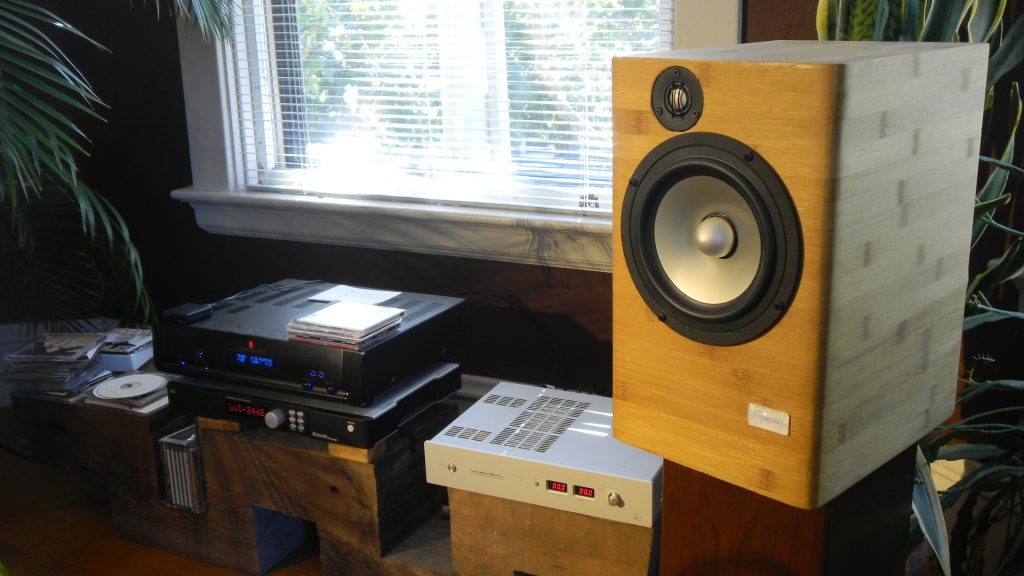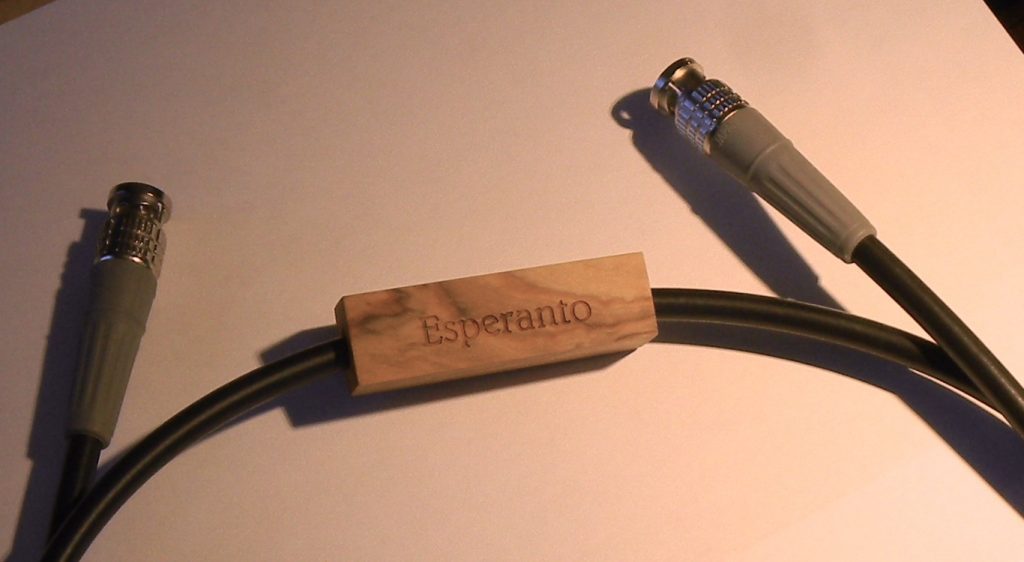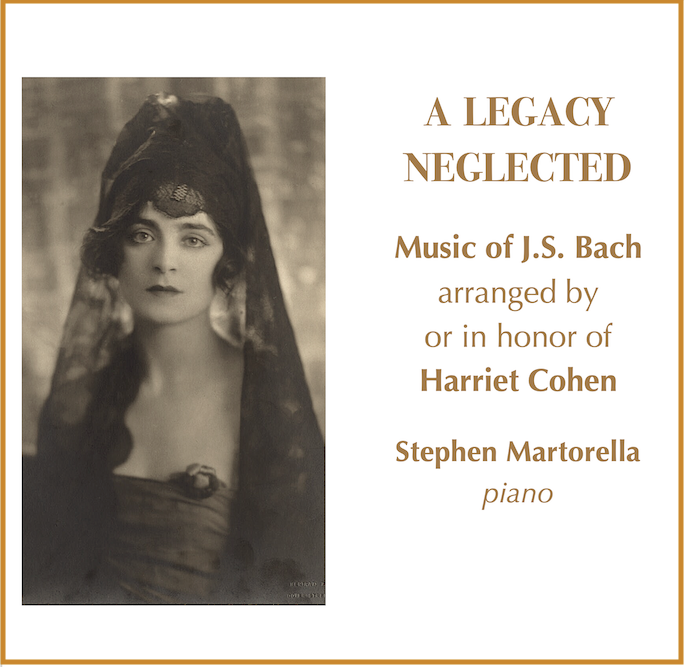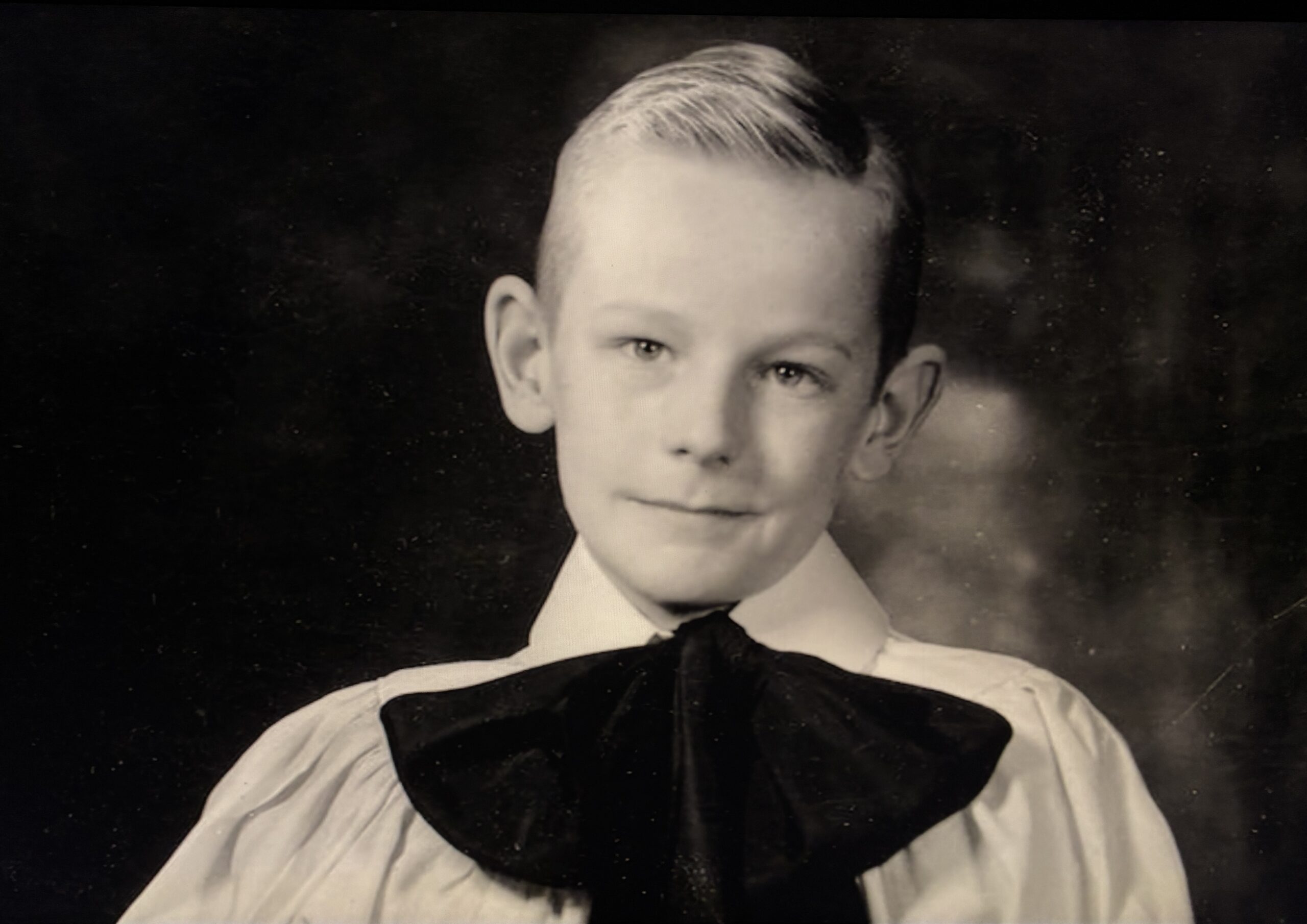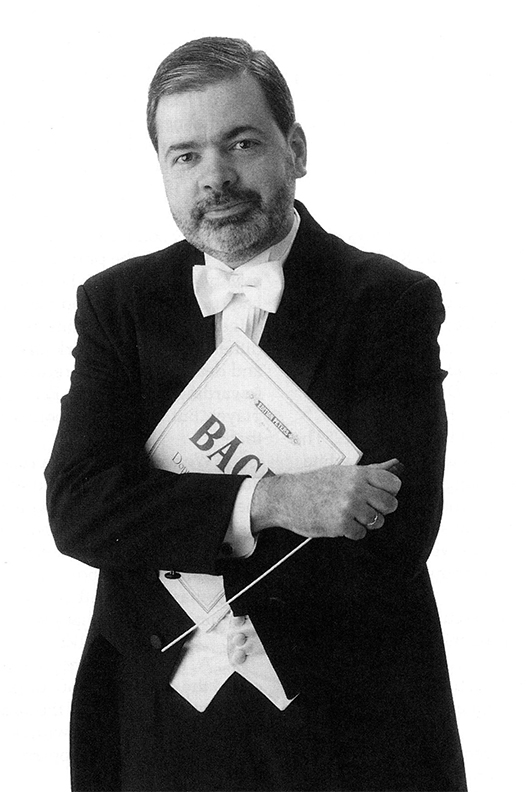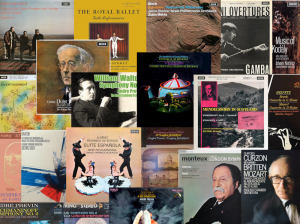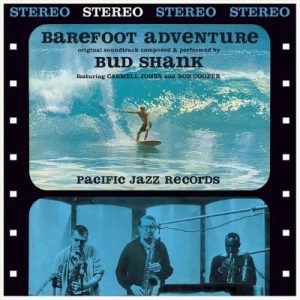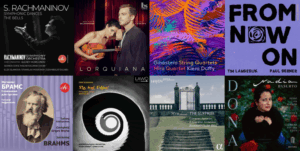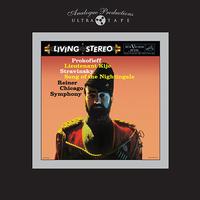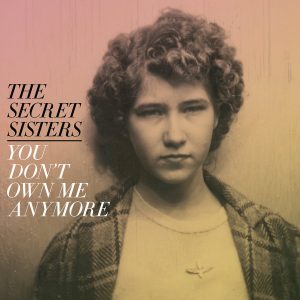John Marks of The Tannhauser Gate shares his reflections on the 50th Anniversary of the release of The Beatles masterpiece album, Abbey Road, by reminding us of George Benson's follow-up LP, The Other Side of Abbey Road. In the midst of the celebrations that Philip O'Hanlon has organized at a high-end audio dealer level, very many of us are receiving or awaiting the arrival of the new remix and reissue set of this musical wonder.
As we should! Read on...
Dr. David W. Robinson, Ye Olde Editor

The Beatles' final studio album Abbey Road was released on LP in the United States on September 26, 1969. As will be discussed after the jump, audio-industry maven Philip O'Hanlon has pulled together (under the "Magnum Opus Rediscovered" banner) a coast-to-coast Abbey Road "listening party" for Saturday, September 28, 2019, in which 40 audio dealers will play the remastered album on "fine audio" (or "high end") equipment, from 3:00 to 6:00 PM (local times).
Which is all fine and good. But I for one wish that the participating audio shops would extend the duration of their events by not all that much time (32 minutes), and spin what is to my mind, far and away, the best Abbey Road cover album ever, George Benson's woefully under-appreciated The Other Side of Abbey Road. Will they, won't they? Matters not. It's easy to add this gem to your collection!
Starting only three weeks after Abbey Road's US début (October 22-23 & November 4-5, 1969), producer Creed Taylor (who produced this record for Herb Alpert's label A&M) convened a rather astonishing gathering of participating musicians at engineer Rudy van Gelder's legendary studio. Don Sebesky was in charge of their comings and goings, in that he was the arranger. (Benson sang, as well as playing guitar.)
How's this for an (incomplete) lineup? Ray Barretto, Ron Carter, Herbie Hancock, Freddie Hubbard, Bob James, Hubert Laws, Idris Muhammad, George Ricci (brother of Ruggiero Ricci), and Emanuel Vardi? More information (and sound samples) are below.
Click here to visit the Magnum Opus Rediscovered website.
But first, all praise and honors to Philip O'Hanlon for (I am sure) dropping everything else and trying to do what I have been advising the "fine audio" industry to do for more than 15 years. That is, to forget all this nonsense about "if someone can afford a $30,000 wristwatch, he can afford a $30,000 stereo." That makes no sense to me.
I may be in the minority, but I absolutely can't believe that simply because somebody is rich, they are automatically going to buy an expensive stereo. Please really give thought to how typical luxury goods exist, and how they get used, and what the demands they make (or don't make) are. For instance, a Turnbull & Asser shirt. OK, it's hundreds of dollars, but everybody needs at least one good dress shirt, and it might draw a compliment. (Whereas Beau Brummell supposedly stated that if you noticed a man's clothes, he was not well-dressed.)
A Porsche 911. It stays in the garage. And even if all you do is (as shown in the TV commercial), drive your habitually-late daughter to school after she intentionally misses her school bus, you have the experience of driving it (and the experience of being seen driving it, if you need that too). (That said, reportedly the two most popular vehicles with US millionaires are the Ford F150 truck and the Jeep Grand Cherokee station wagon.) The Porsche does not live in the living room; it does not take up space in the home.
A Rolex watch. OK. It takes up about six square inches on your dresser; you do not need to dedicate a room to it. People will react to it however they react. The Rolex is not something that one's spouse will worry about the maid's hitting with the vacuum cleaner; or, not vacuuming close to it and leaving dust on the carpet (both of which have been stated as objections to floorstanding loudspeakers, arguing in favor of in-walls).
A wine cellar. OK, it's in the basement.
Fine art takes up a little wall space. People can ooh and aah. Low maintenance. You walk past it and you see it. You don't have to sit still in front of a painting for an hour, as you have to in order to enjoy a Mahler symphony. A passing glance is all that is needed.
Whereas, when you are trying to sell a rich guy a $100,000 stereo system just because he is rich and not because he is a music lover, he pretty much has to dedicate a room to it, and he won't get the benefit of it unless he sits down in front of it and shuts up and pays attention.
For hours at a time. Does it make sense for someone to spend up to $100,000 on something he will use on average less than one hour a week? No.
I think that the rich guy who wants to sit at home and listen to music really deeply as the sole focus of his attention is the rare exception, and certainly not the rule. Alec Baldwin might listen to Mahler and he might even be crazy about Mahler (as well as just plain crazy); but as far as I know, Johnny Depp does not listen to Mahler… . And Elizabeth Holmes does not strike me as someone who is passionate about Beethoven's late string quartets.
Drawing equivalences between a high-resolution full-range stereo system and any and all of, a prestige sports car, expensive wine, fine art, watches, or any other luxury good has long been a shibboleth or a mantra for some high-end pundits. But I think it has been misguided, self-defeating, and an expensive distraction.
Steinway & Sons' Spirio playback piano.
(Whereas I can easily easily easily envision a rich person who is not all that much of a music lover spending the money to buy a Steinway Spirio playback piano, simply for the "Wow!" factor. Even better, Steinway's technology is so slick that, by using the provided iPad, the owner can adjust the playback level of the piano(!). That way, the guests at your cocktail party won't have to shout over the Debussy.)
So, thank you, Philip O'Hanlon, for shifting the focus to actual, erm, how can I put, this?, listening to the music. If they can pull this off with Abbey Road, perhaps they can also do it with masterpieces that are not household names. That brings us back to The Other Side of Abbey Road.
The image from the back cover of The Other Side of Abbey Road. Seen together, they are a parody of Abbey Road's iconic cover image. Photo by Eric Meola.
George Benson was a child guitar prodigy who recorded in New York City for RCA-Victor at the age of nine. My favorite story about Benson's early years is that he was to audition for an agent or a record executive and by happenstance, some well-known singer was visiting the office at the same time (it could have been Sarah Vaughan or Dinah Washington). The singer (whoever it was) agreed to sing with him, and suggested "Summertime," to which the young Benson replied, "What key?"
With that kind of background (and six albums as a leader behind him—as well as playing and recording with Miles Davis), the 26-year old George Benson was ideally positioned to buy a copy of Abbey Road, quite obviously fall in love with it (as well as assimilating its worldview), and start working on his re-imagining of it. (I think he made the absolute right decision in concentrating on Side 2, of course.) Getting into the studio a mere three weeks after Abbey Road's release certainly was a case of "striking while the iron was hot." Furthermore, The Other Side of Abbey Road is, I think, an unheralded example of "Baroque Pop," as the presence of a harpsichord, a string quartet, and various orchestral winds in the sound samples below indicates.
George Benson's career peaked circa 1976. Ironically, what brought him to the highest heights of popular music was the singing that (obviously) quite a few record executives along the way had thought was not his strong suit. The albums after The Other Side of Abbey Road as a general rule did not feature Benson's voice. Benson successfully transitioned from child prodigy to elder statesman. Of his 10 Grammy awards, the next-to-last came in 2007 for "God Bless the Child," with Al Jarreau and Jill Scott.
And now for the music; one sample from each of the five tracks.
1. "Golden Slumbers" (end) / "You Never Give Me Your Money" (beginning)
2. "Because" / "Come Together" (start of "Come Together" section)
3. "Oh! Darling" (first minute or so)
4. "Here Comes The Sun" / "I Want You (She's So Heavy)" (beginning of "I Want You")
5. "Something" / "Octopus's Garden" / "The End" (all of "The End")
Used LPs of The Other Side of Abbey Road go for reasonable money on the used markets. You can hear it on Tidal and almost doubtless on other streaming services. The CD version seems to fetch high-ish dollars. I am not aware of any hi-res downloads, but HDTracks does offer the similar Benson album White Rabbit as a 24/96 album-only download.




